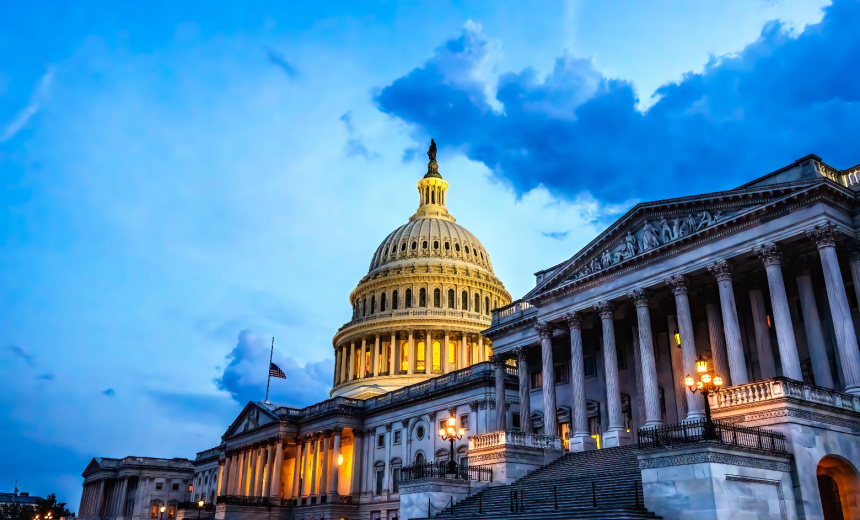Experts Urge Federal Agencies to Enhance Cyber Defense Against Rising Chinese Threats

Leading cybersecurity experts are calling for proactive measures from federal agencies to counter an uptick in cyber threats traced back to China. This includes promoting collaboration between public and private sectors and significantly investing in threat intelligence, fortifying critical infrastructure, and developing advanced defensive technologies.
During a recent Senate Judiciary Committee hearing, witnesses highlighted the alarming increase in sophisticated cyber espionage and hacking operations attributed to state-sponsored actors from Beijing. Adam Meyers, senior vice president of counter adversary operations at CrowdStrike, emphasized the necessity for agencies to enhance their efforts in addressing these growing cyber risks.
Meyers suggested expanding cooperative initiatives between federal agencies and industry leaders focused on threat detection and the dismantling of threat actor infrastructures. He noted, “These collaborative efforts occur sporadically, but unfortunately, the worsening threat landscape currently surpasses our ability to execute such operations effectively.”
The urgency for heightened countermeasures comes in the wake of an FBI and Cybersecurity and Infrastructure Security Agency announcement, revealing an extensive cyberespionage campaign targeting the communications of government and political figures. The investigation exposed that hackers linked to Chinese intelligence have infiltrated several telecommunications networks, compromising sensitive data and customer call records.
This espionage effort, attributed to a group referred to as Salt Typhoon, raises significant alarms as it penetrated systems that manage authorized wiretaps, further complicating the national security landscape. As the number of connected Internet of Things (IoT) devices is projected to surpass 30 billion in the next five years, the risk exposure for both public and private sectors is forecast to escalate.
David Stehlin, CEO of the Telecommunications Industry Association, underscored that with increasing attack vectors, a robust defense strategy beginning with secure supply chain practices is imperative. He remarked that while innumerable vulnerabilities exist, many can be mitigated through a commitment to a secure-by-design approach in information and communications technology (ICT) products and services.
Furthermore, Isaac StoneFish, CEO of Strategy Risks, pointed to the concerning reliance of major tech companies on Chinese manufacturing and software solutions, which potentially manifests serious systemic risks. He attributed current vulnerabilities to a lack of thorough vetting in supply chains and an inclination to partner with Chinese entities connected to state security entities.
The tactics observed in these incidents align with the MITRE ATT&CK framework, notably including tactics such as initial access, persistence, and privilege escalation. These tactics highlight the strategic methods deployed by adversaries to infiltrate systems and maintain long-term access, posing additional challenges to cybersecurity across various sectors.
